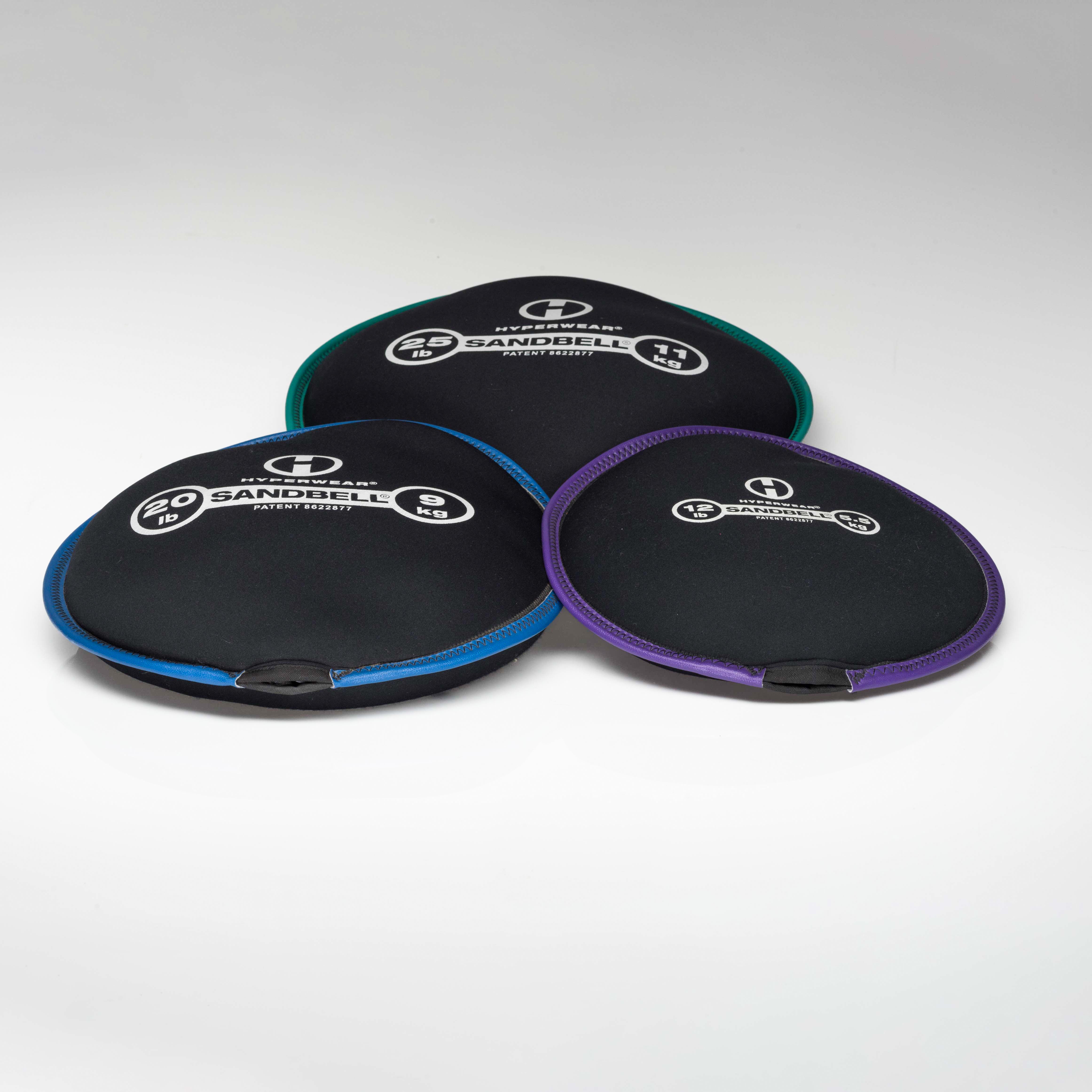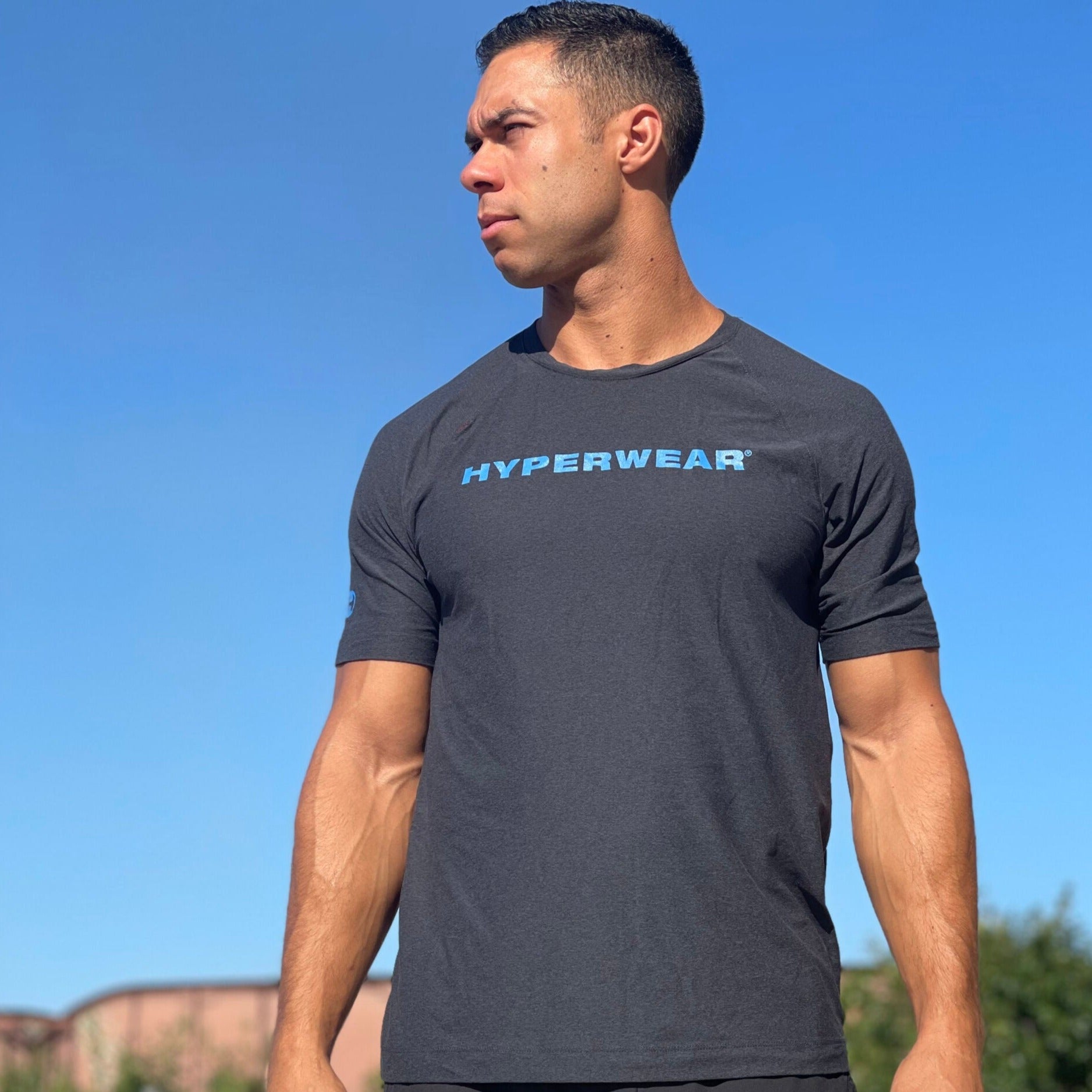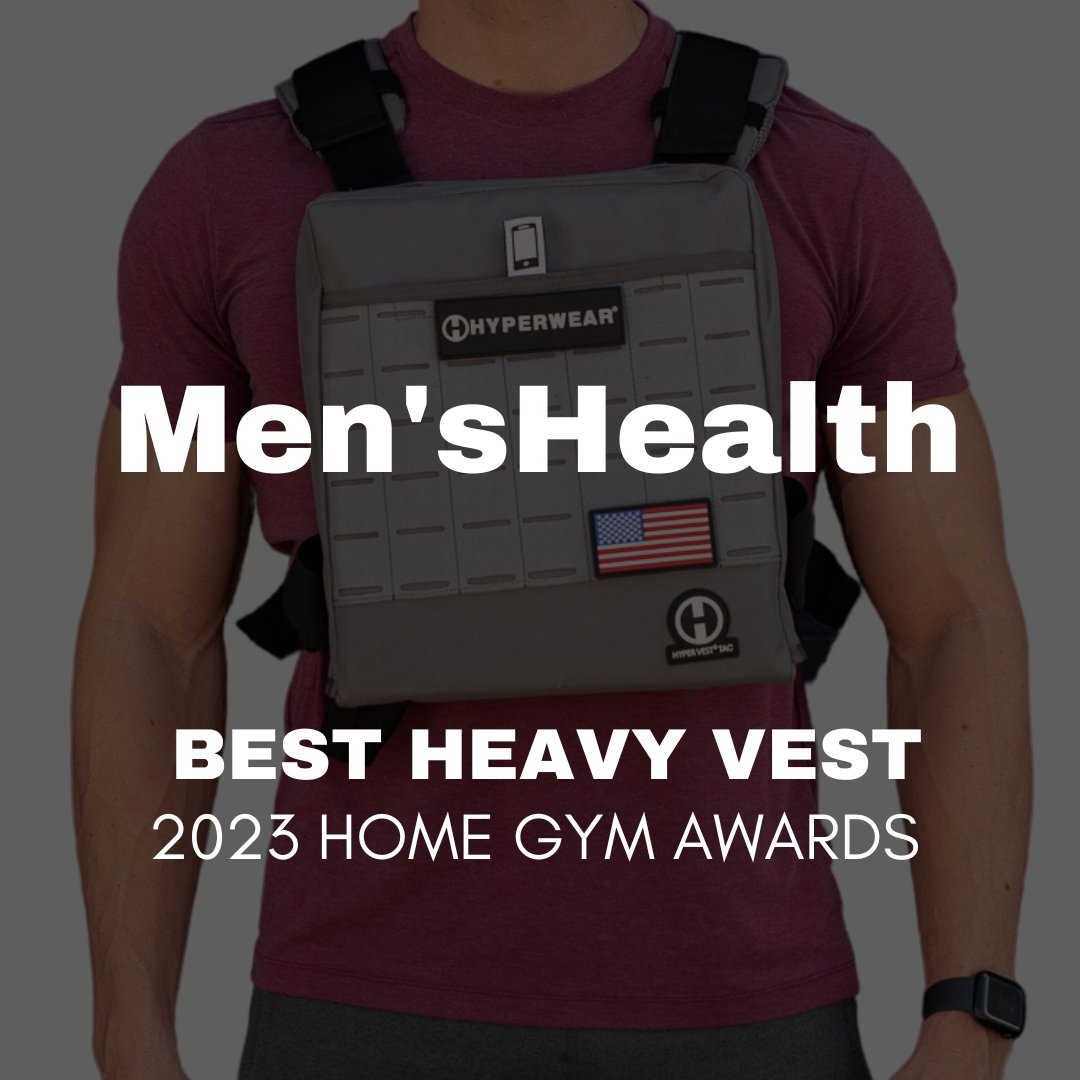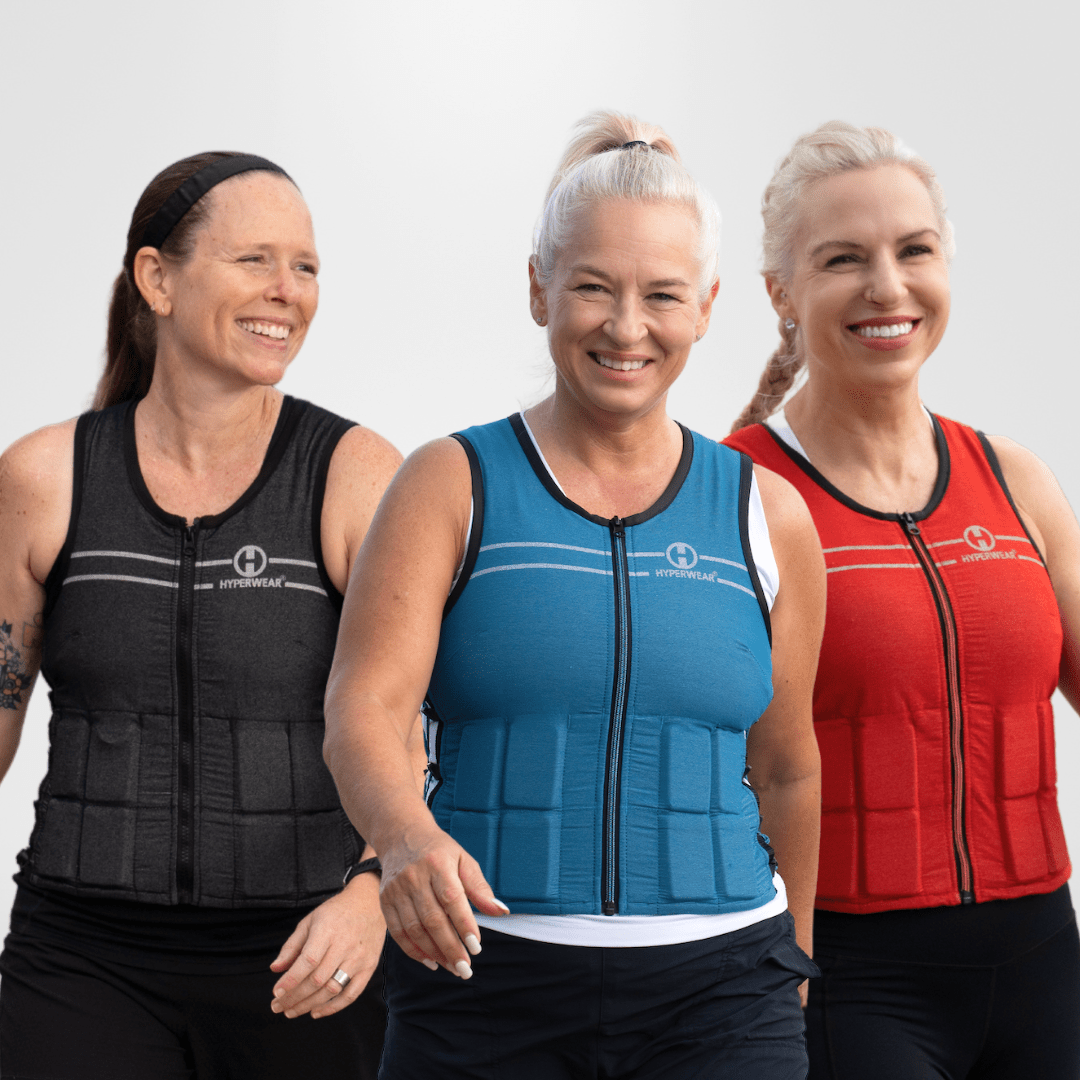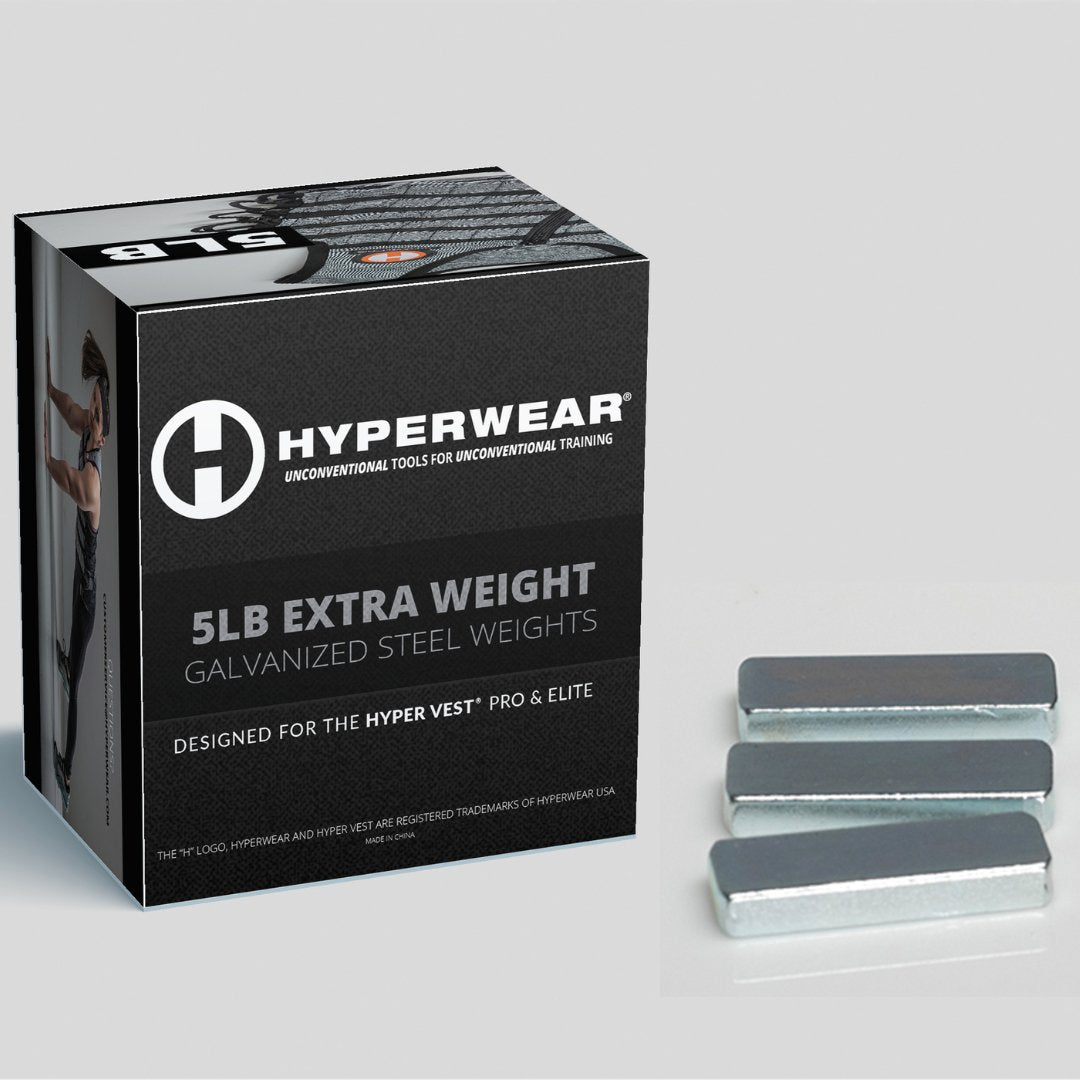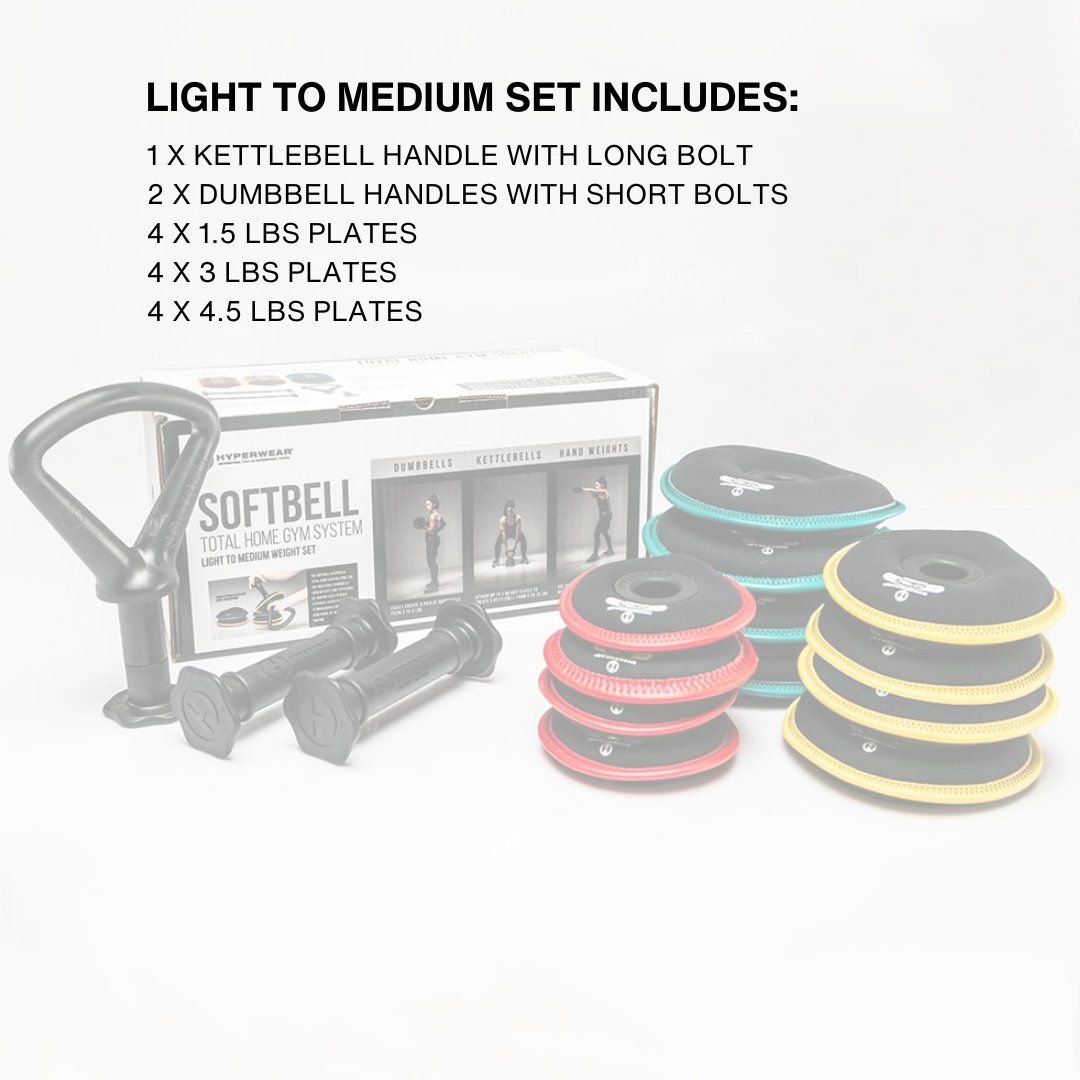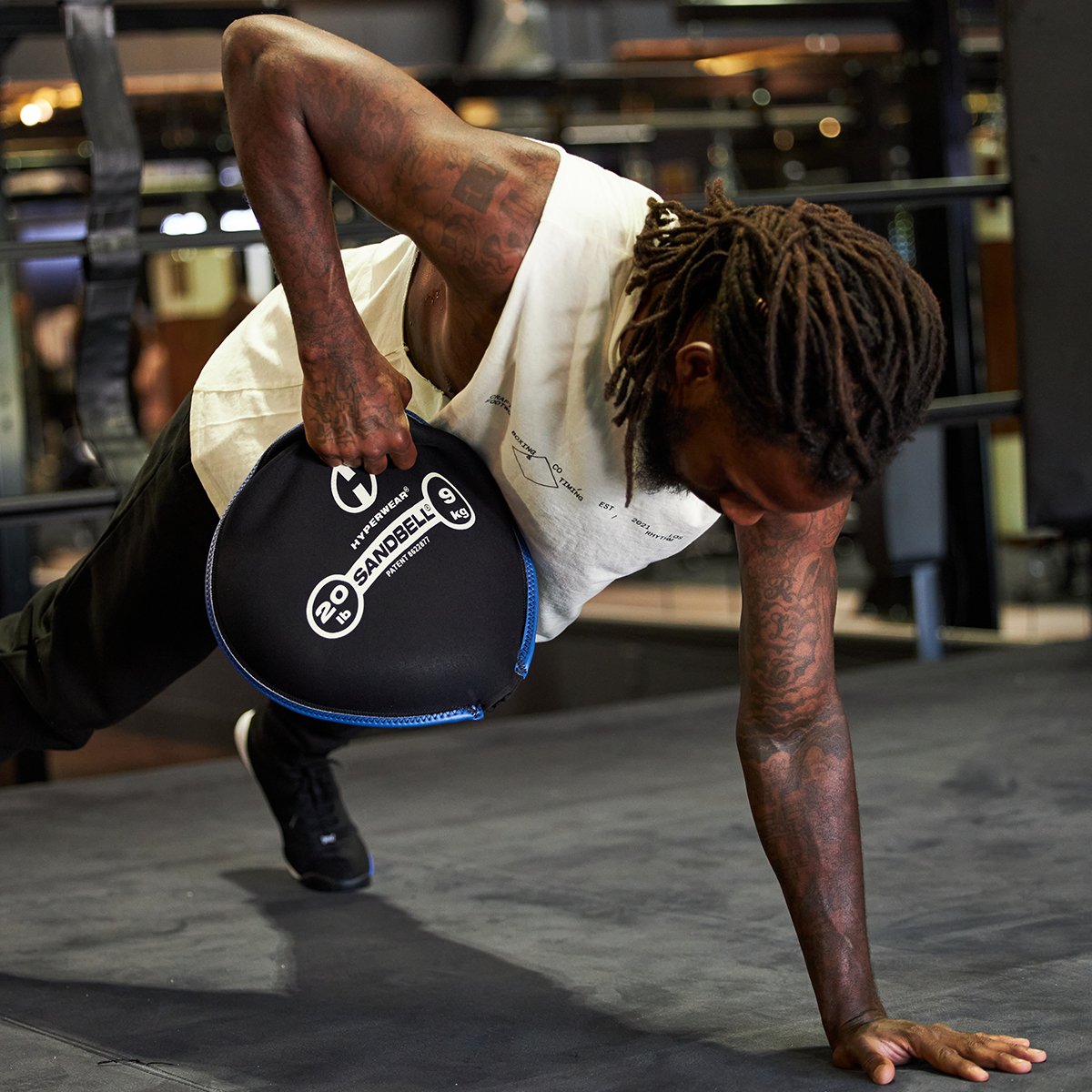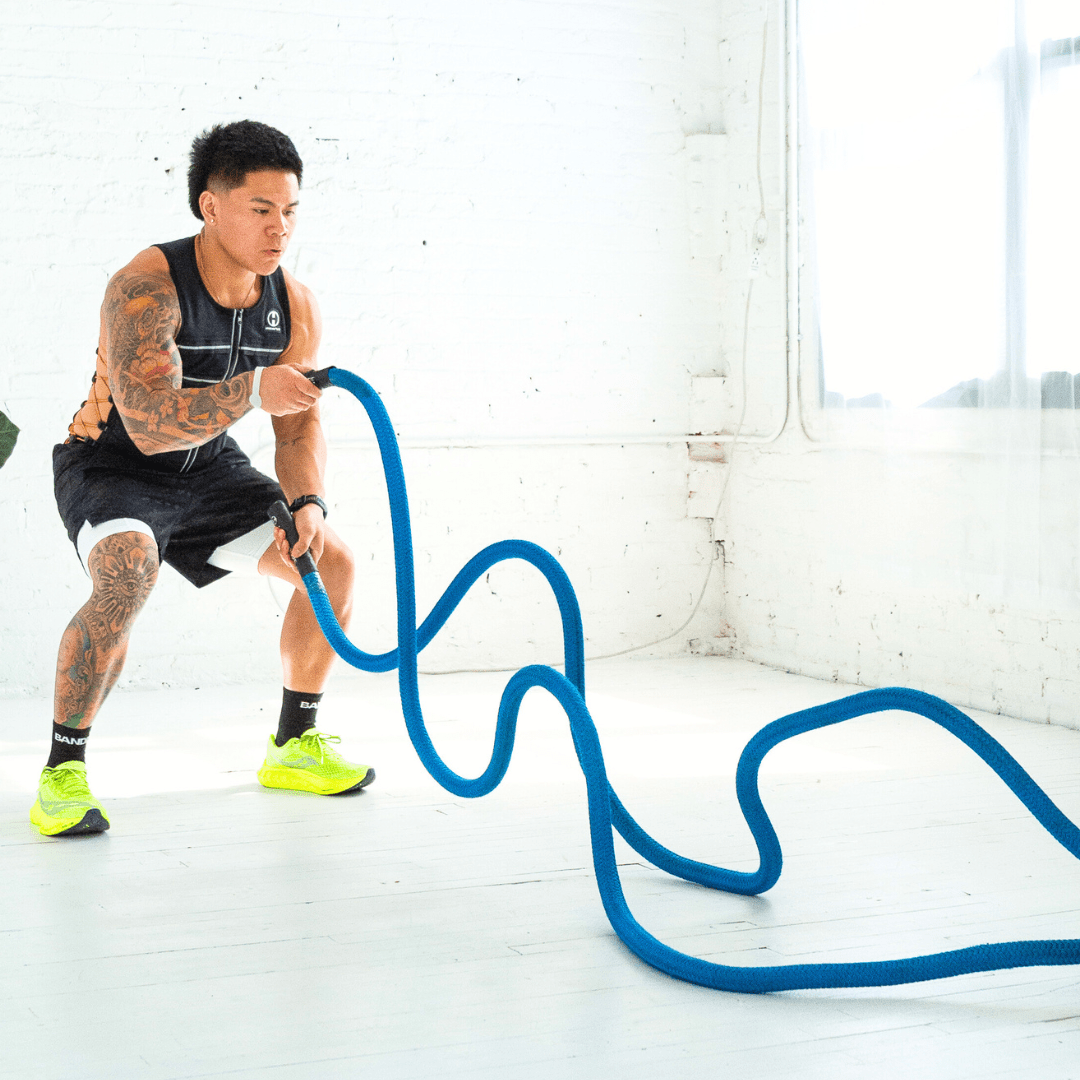Scientists Researching Cold Exposure to Fight Cancer Growth
Cancer treatments continue to advance, including research uncovering new ways to harness the body’s natural processes in the fight. One promising area is cold exposure, which has been shown to activate brown adipose tissue (BAT), or brown fat. Recent published papers covered cold exposure for cancer therapy to suppress the growth of cancer. Studies provide evidence that mild cold exposure can slow the progression of several cancers, including leukemia and solid tumors, by reducing cancer cells’ access to glucose, which they rely on for growth. Promising results indicate that when brown fat burns glucose for body heat, it robs glucose from cancer cells and tumors to starve their growth.
Brown Fat’s Role in Fighting Cancer Growth
Brown fat is known for its role in generating heat in cold conditions. When the body is exposed to cold temperatures, brown fat burns glucose to produce warmth. This process also depletes glucose, which cancer cells need to grow and spread.
In a groundbreaking study published in Nature by Dr. Yihai Cao and colleagues, mice exposed to cold conditions (4°C / 40F) exhibited significantly slower tumor growth compared to mice kept in warmer environments (30°C / 84F). The study covered various types of cancer, including colorectal, pancreatic, and breast cancer. Mice exposed to cold lived almost twice as long, with brown fat playing a key role in limiting the glucose available to tumors. Six human volunteers with late stage cancer were then studied and showed the same significantly reduced tumor growth.
Cold Exposure as a Cancer Therapy for Leukemia
The latest research into cold exposure as a cancer therapy explored its effects on leukemia, specifically acute myeloid leukemia (AML) and acute lymphoblastic leukemia (ALL). Studies on mice showed that brown fat activation by mild cold exposure significantly reduced the number of cancer cells in the blood and bone marrow, slowing the spread of the disease and prolonging survival in mice.
The cold-induced activation of brown fat disrupts glycolysis, a process through which cancer cells convert glucose into energy. With less glucose available, leukemia cells are unable to grow and invade other tissues. These findings suggest that cold therapy could complement traditional treatments, such as chemotherapy, by further weakening cancer cells and reducing treatment-related side effects.
The Promise of Cold Exposure as a New Cancer Treatment
Cold exposure and brown fat activation represent an exciting potential therapy for cancer. By targeting the glucose supply that cancer cells rely on, cold therapy may enhance the effectiveness of conventional treatments while minimizing side effects. While this approach is still in the experimental phase, it offers promising results in both animal models and early human studies.
The future of cancer treatment could involve leveraging the body’s natural metabolic responses to cold. Additional studies are required to determine the most effective ways to incorporate cold exposure into treatment plans, but the potential is clear.
How to Add Cold Exposure for Longevity
Cold exposure doesn’t just benefit cancer patients—it is part of a healthy lifestyle. And the cold that activates brown fat can be "mild" - around 14C / 58F since brown fat burns glucose in a process known as "non-shivering" thermogenesis. Ice cold showers and cold plunges have a transient activation of brown fat, but are not ideal or necessary due to the extreme discomfort of shivering. One simple and accessible way to activate brown fat is by walking, rucking, or exercising outdoors in mild cold temperatures while wearing light clothing. These activities not only stimulate brown fat activation, but also promote overall fitness and longevity.
Rucking, which involves walking with a weighted vest or a rucking backpack, is an excellent form of exercise that combines the benefits of cold exposure with strength training. By adding resistance, rucking can help improve muscle mass and bone density—important factors for combating age-related conditions like osteoporosis and sarcopenia. The additional weight from a weighted vest or rucking backpack also increases cardiovascular benefits and calorie burn.
Walking or rucking outdoors with friends can also provide significant mental health benefits. Time spent in nature has been shown to reduce stress, boost mood, and improve mental well-being. Combining social interaction with physical activity can further enhance these positive effects, helping you feel more connected and less isolated.
For those looking to incorporate cold exposure into their wellness routine, Hyperwear’s patented Cool2Shape cooling vest and accessories for mild cold exposure to activate brown fat anywhere are an ideal solution. Designed to activate brown fat and stimulate metabolic health, Cool2Shape can be used to enhance cold exposure therapy. By integrating it into your routine along with outdoor activities like walking or rucking, you can support overall health, improve metabolism, fight diabetes, lose weight and get long-term benefits.
Conclusion
Growing research on cold exposure and brown fat activation presents a novel approach to cancer therapy. By reducing glucose availability to cancer, cold exposure offers potential as a non-invasive and inexpensive treatment that could be used alongside other therapies to slow cancer progression. As more studies are conducted, this innovative therapy can become a valuable addition to the cancer treatment toolbox. Further reading:








